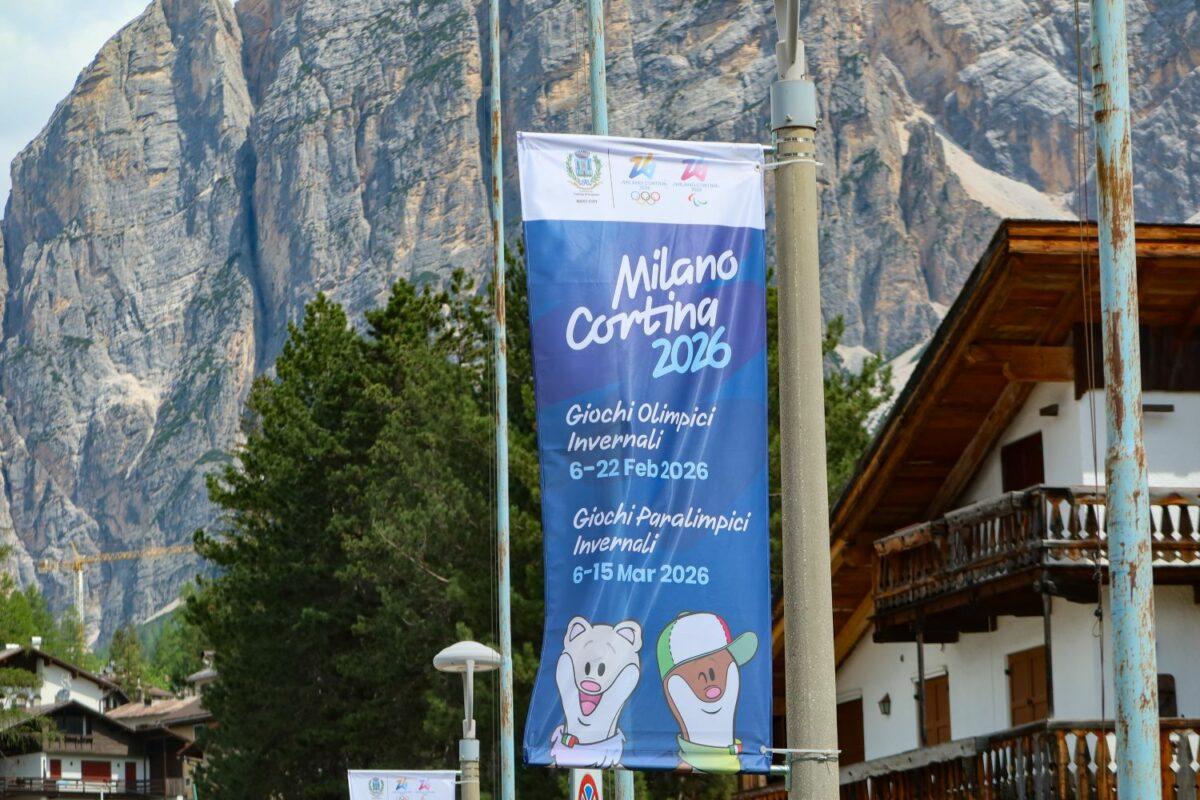After 20 years, the Winter Olympics are returning to Europe. From February 6 to 22, 2026, they will take place in Milan and Cortina d’Ampezzo, located in the Dolomites World Heritage Site. and you may be wondering: can such a huge sporting event really be sustainable? The honest answer: not entirely. However, as the Paris Games have shown, a lot is possible when sustainable concepts are taken seriously.
Can Olympic Games ever be sustainable?
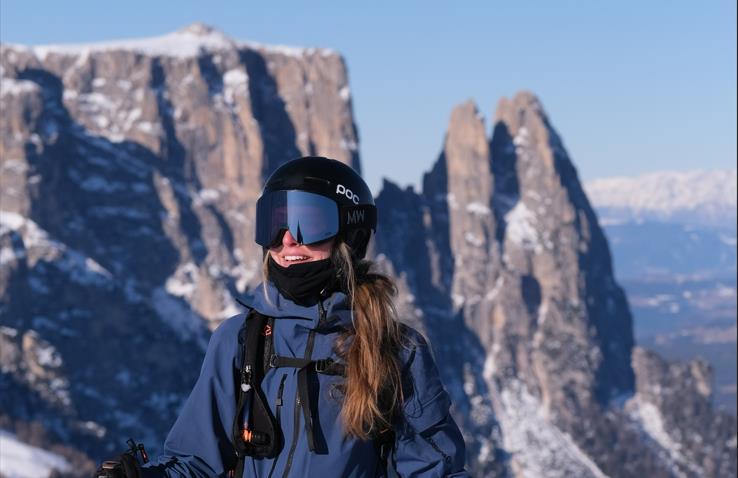
It’s difficult for a mega-event like the Olympic Games to be completely sustainable. Too many resources are consumed, too many people are on the move at the same time, and too much infrastructure is required. However, there are examples that demonstrate it is possible to make significant improvements.
Positive examples from Paris (host of the 2024 Summer Olympics):
- According to the official sustainability report, 98.4% of energy needs were met by grid electricity certified as renewable by premium partner EDF.
- The quality of the Seine’s water has improved, and there are now three monitored bathing areas (if that interests you, we recommend the Hotel Le Pavilion, a small, sustainable boutique hotel with an inner courtyard, centrally located and within walking distance of the Seine).
- The temporary venues were dismantled after the Games.
Digression: Fewer spectators, greater sustainability?
It is interesting to note that the Tokyo Games in 2021 were rated as less sustainable than those in Paris, despite the presence of very few spectators due to the pandemic. Therefore, the arrival of fans is not necessarily the biggest problem. Rather, it depends on how the region, the organizers, and you organize your trip.
Temporary venues and the controversy surrounding the bobsleigh track in Cortina
From an ecological point of view, it makes particular sense to use existing and temporary venues. The Turin 2006 Olympics serve as a warning of what can happen otherwise: many of the sports facilities built for the event are now dilapidated ruins that blight the landscape and have not been reused.
Examples include the bobsleigh and luge track in Cesana Torinese and the ski jumps in Pragelato, which have been empty for years. Former German ski racer and 2005 world champion Felix Neureuther took a look at these ‘lost places’ in Turin for the ARD documentary Felix Neureuther – Spiel mit den Alpen (Felix Neureuther – Playing with the Alps) and was shocked by what he saw.
Here is a YouTube video showing a drone flight over the bobsleigh track that has fallen into disrepair and become a “lost place”:
The controversial bobsled track in Cortina for the 2026 Olympics
Against this backdrop, the construction of the new bobsled and luge track in Cortina sparked heated debate. Rather than renovating the historic 1956 track, it was demolished in 2023 and replaced with a new facility featuring 16 curves and advanced icing technology. Despite resistance from the IOC, which favored existing tracks abroad, the organizers proceeded with construction. The costs tripled, valuable mountain forest was cleared, and the track’s long-term use is questionable.
Critical Voices from South Tyrol
At a panel discussion with South Tyrolean universities, climate researcher Georg Kaser warns: “The Games make it more difficult to reduce emissions in time.” Furthermore, he says, the profits would mainly benefit economic lobbies and the ski industry, even though sustainable, high-quality tourism would be a better long-term solution. Elide Mussner, a municipal representative and co-chair of the Green Party, criticized the decision to pour funds into “yesterday’s winter tourism.”
In addition to the discussions surrounding the Olympic Games, this criticism raises a fundamental question: Does climate change mean the Alps no longer have a future as a winter sports region? Read more here: Switzerland in Transition: Best Travel Times and Climate Facts.” We have also addressed the topic of “sustainable winter sports” here.
Sustainability at the 2026 Winter Games
Despite the criticism surrounding the organization of the Games, progress is being made in terms of sustainability. Apart from the two new permanent buildings (the Santa Giulia Stadium in Milan and the bobsleigh and luge track in Cortina), existing sports facilities will be used, and temporary structures will be erected and dismantled after the Games. Additionally, the 2026 Olympics will be powered entirely by renewable energy.
- Another positive aspect: The organizers have already published a comprehensive sustainability report.
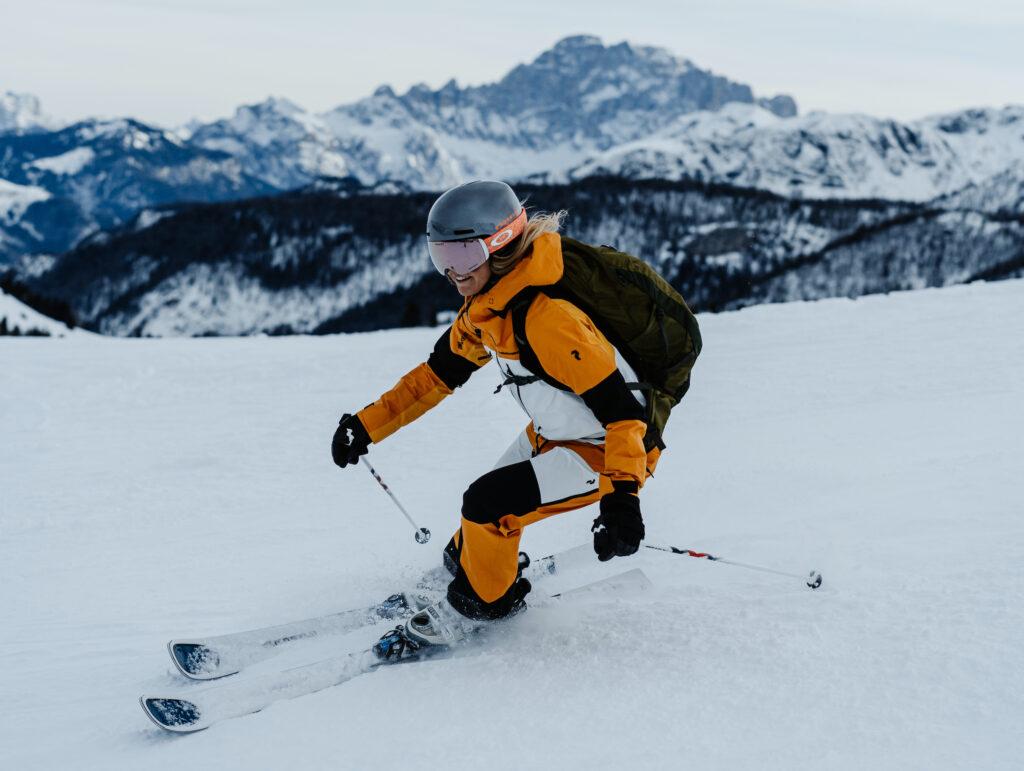
Sustainable Travel to the Olympics: Pros and Cons
Whether or not it makes sense to travel to the games depends largely on how you make decisions. As a general rule, events of this magnitude will never be fully sustainable. However, there are arguments for and against it.
Pro:
When you travel, you can support local businesses and enjoy the improvements initiated in the region, such as those to public transportation and the energy supply. The Games also draw attention to sustainability issues in winter sports and promote a change in mindset.
Contra:
Travel to and from the Games is the biggest factor, especially if you’re flying. Added to this are the high resource consumption and impact of mass tourism on sensitive mountain regions. Critics fear that short-term mass tourism for the Games will cause more harm than good in the long run.
Ultimately, how you plan your Olympic trip matters: your choice of travel, accommodation, and local transportation.
Tip: Travel by train or long-distance bus, choose sustainable accommodations, avoid littering, and stay within designated areas. Consider using our Green Travel Guide to the Dolomites.
Sustainable Accommodation During the Winter Games

If you’re looking to experience the 2026 Winter Olympics in the Dolomites, our Green PearlsⓇ partner hotels are ideal retreats. They have been committed to sustainability for many years.
#1 My arbor near Brixen
Tree hotel, wellness hotel, and adults-only hotel — the perfect place to combine sporting experiences with sustainable luxury and relaxation. Located just 15 minutes from Brixen with a free shuttle, it’s in an ideal location between various venues.
See the distances here:
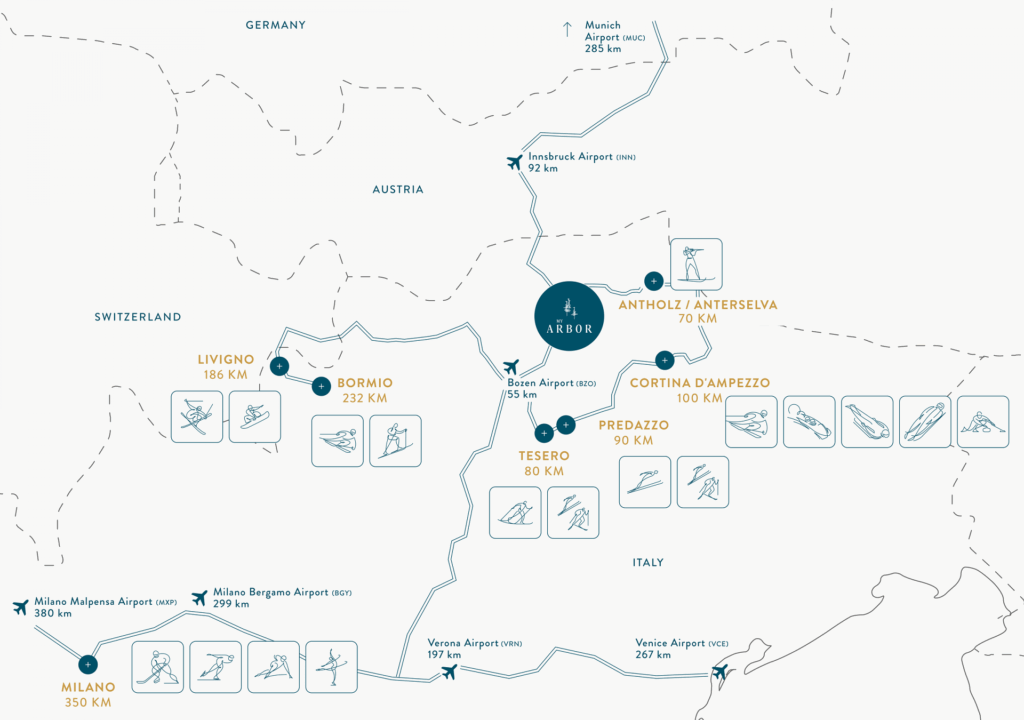
- You will find the special Olympic offer for guests here.
#2 Paradiso Pure.Living Vegan Hotel in Alpe di Siusi
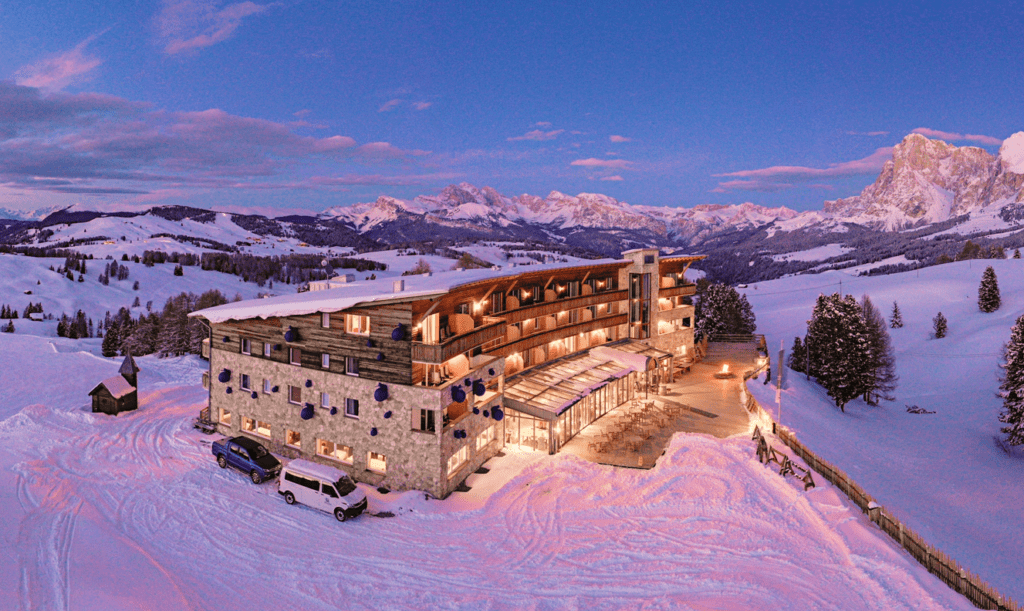
The first 100% vegan hotel in the Dolomites sits directly on the slopes, over 2,000 meters above sea level. With just one ski pass, guests have access to the entire Dolomiti Superski area, the venue for the Winter Olympics. It’s ideal for anyone who wants to experience the Olympics and enjoy their own winter sports adventures.
- For more information, click here.
The 2026 Olympics: How Sustainable Will They Be?
Ultimately, we will only know how sustainable the Games were after they are over. Incidentally, Lorenz Leitgeb, the head of the Antholz Organizing Committee (OK), met with Felix Neureuther in Antholz after his critical documentary. Leitgeb invited Neureuther “to come by after the Olympics to see what has been made of it.”
Of course, we are looking forward to watching the Games and are excited about the sporting achievements that await us.
What is your opinion? Is it sustainable to travel to the Winter Olympics?
Save this article on Pinterest for your sustainable trip to the 2026 Winter Olympics.


